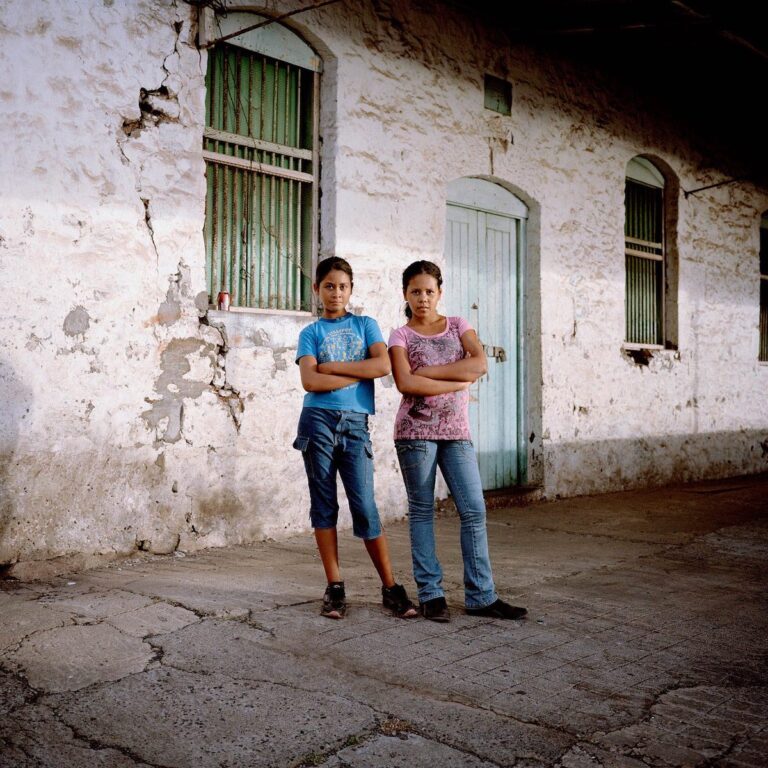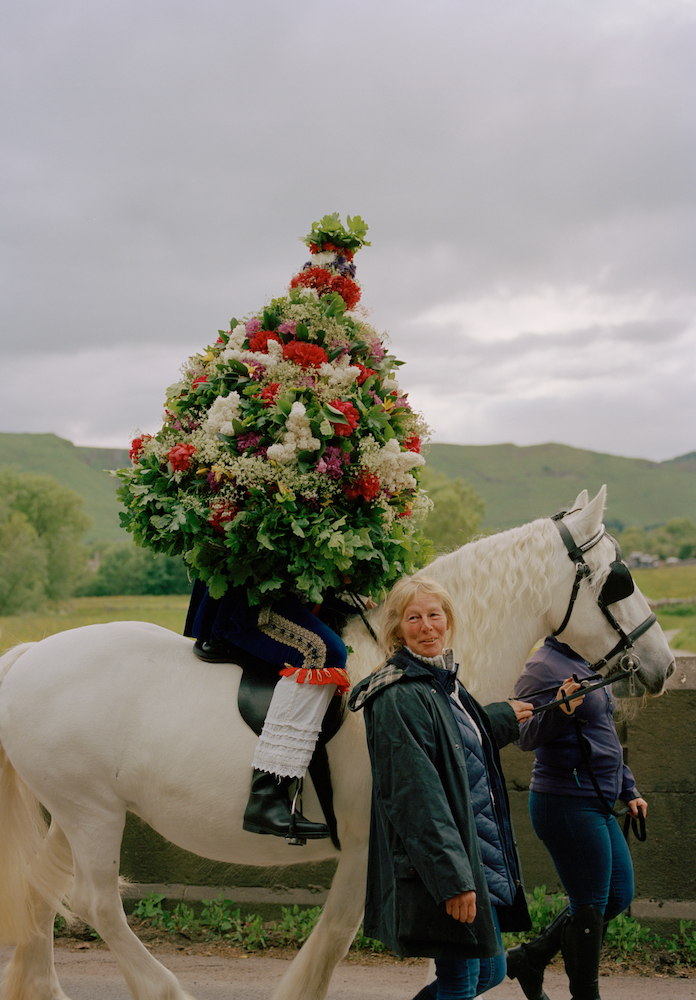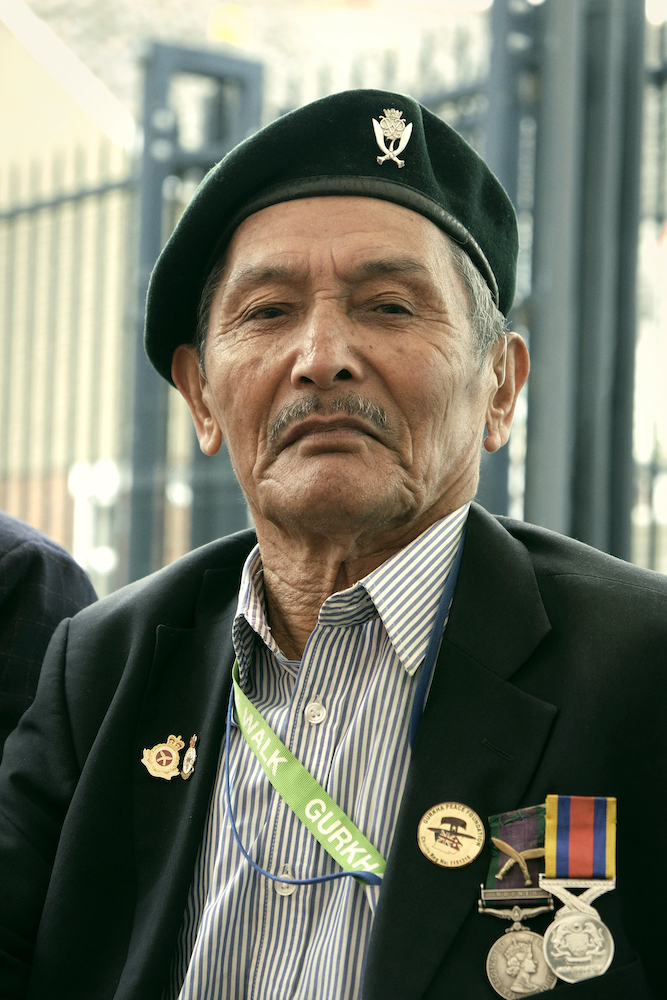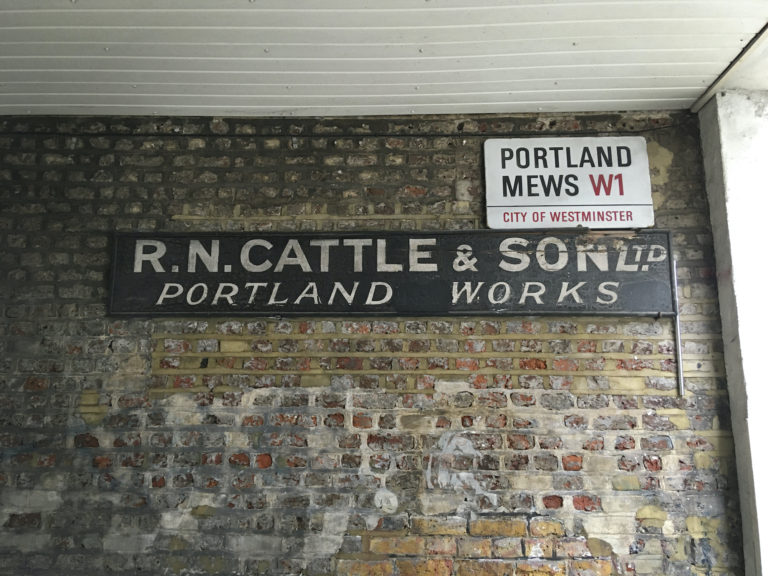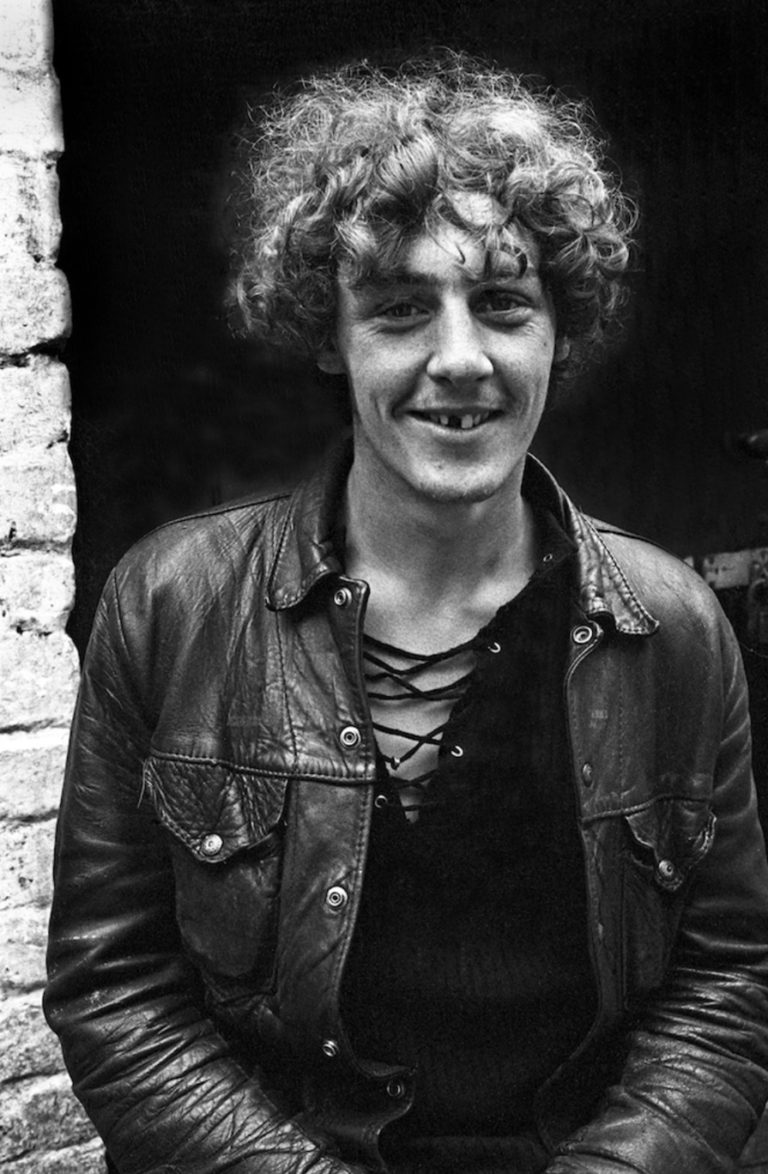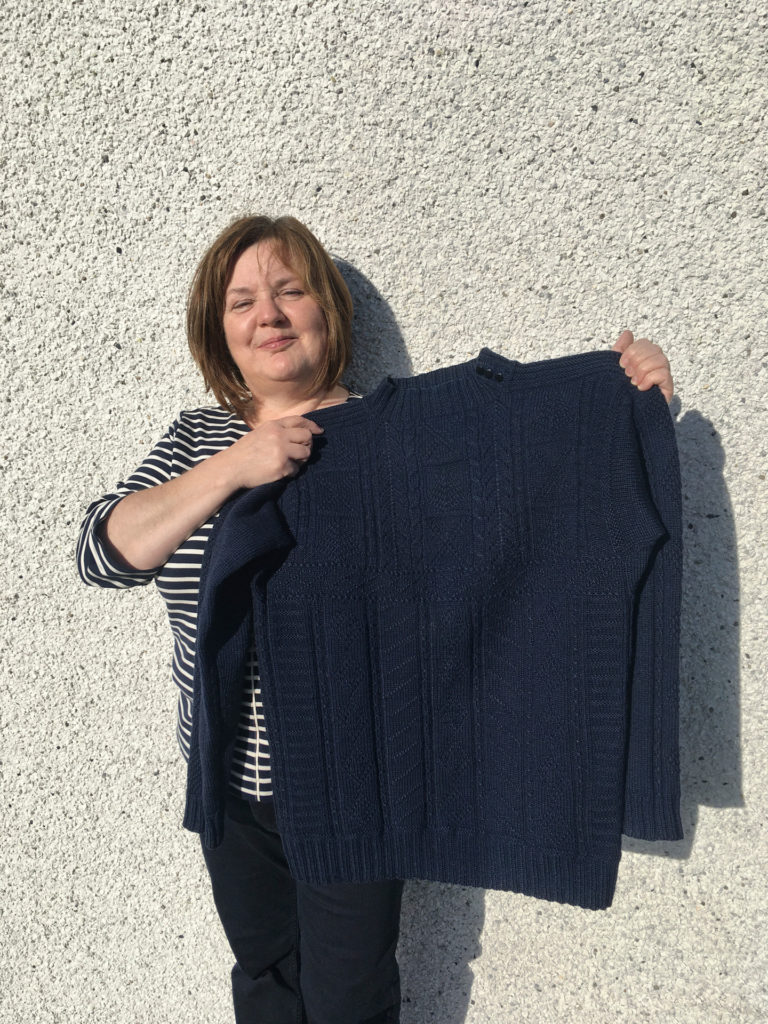MURALS I Belfast, Northern Ireland
Hard hitting murals on the streets of Northern Ireland’s capital
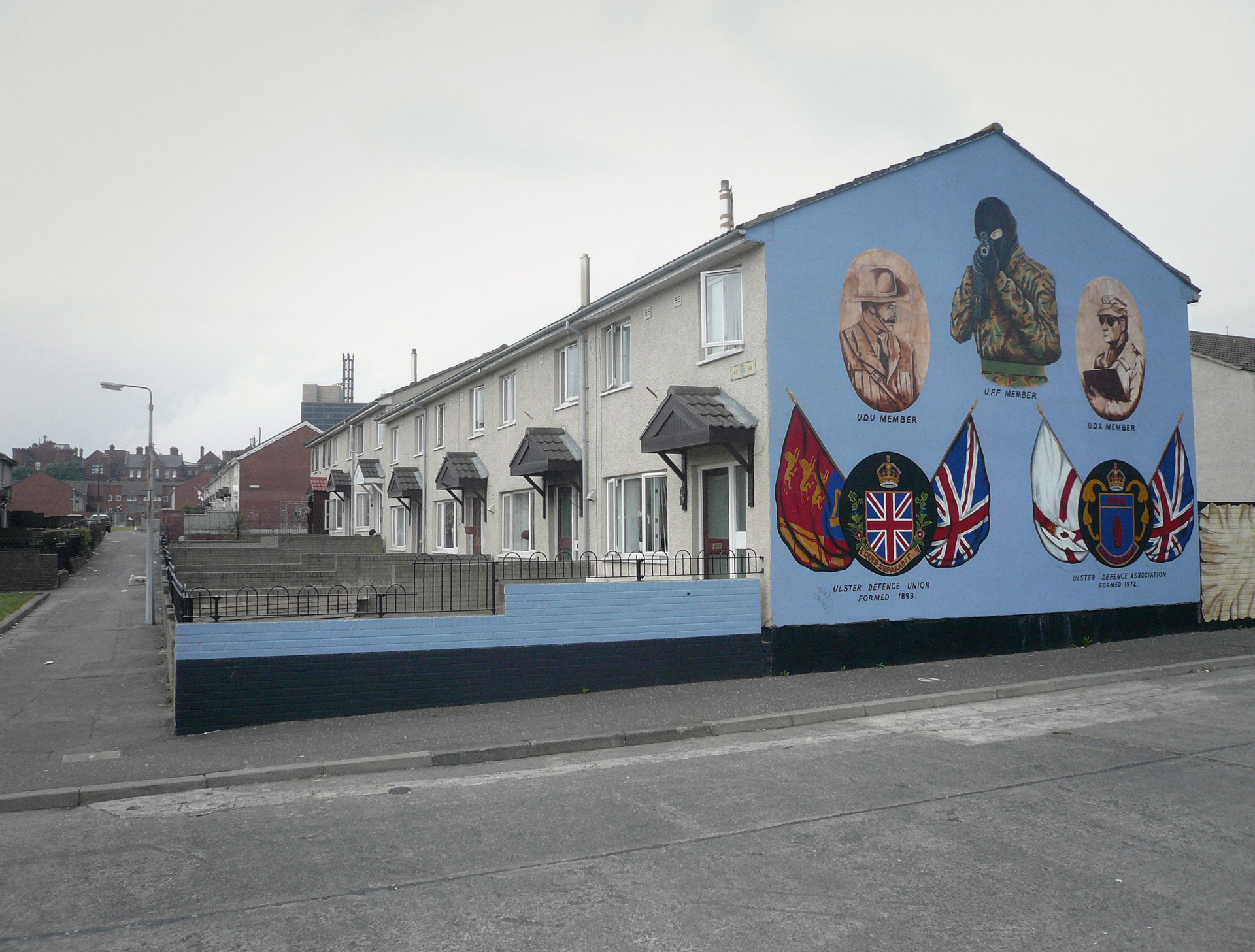
The Coracle
Northern Ireland is amazing; but even a lot of British people have never been there and know little about it beyond ‘The Troubles’. The country’s history is perhaps one of the most darkly fascinating things about it and certainly the most particular. Shoreditch in London has its Eine’s and Bristol its Banksy’s but the street art here dates back to 1908 and has much more impact. Another point of difference is that the murals of Belfast and Derry are often not the artistic work of individuals but the outpouring of a community in visual form.
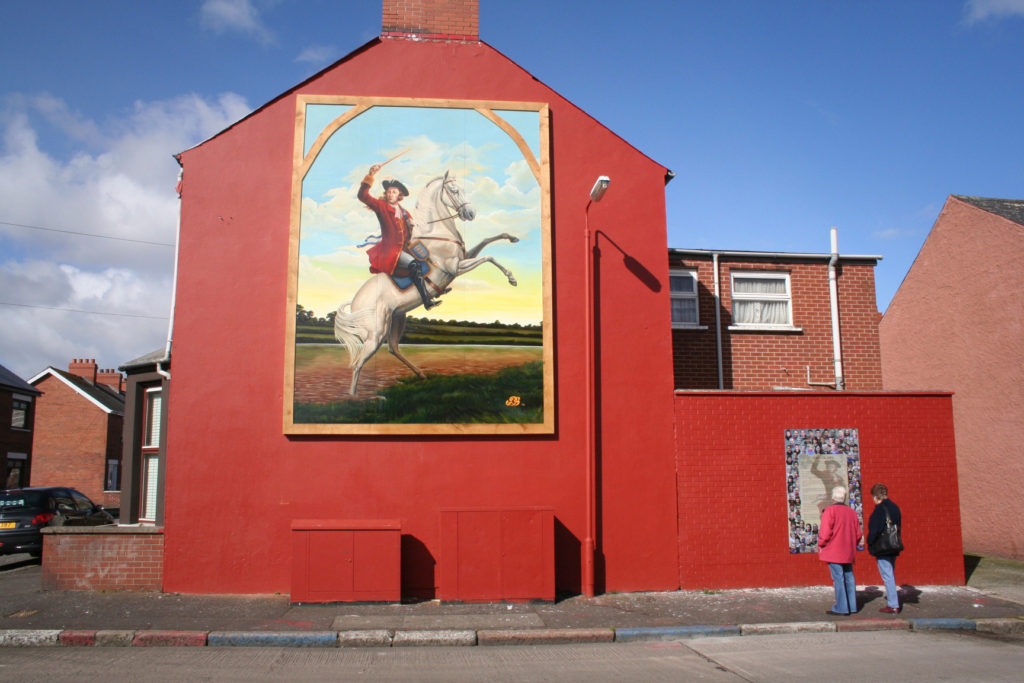
Bill Rolston
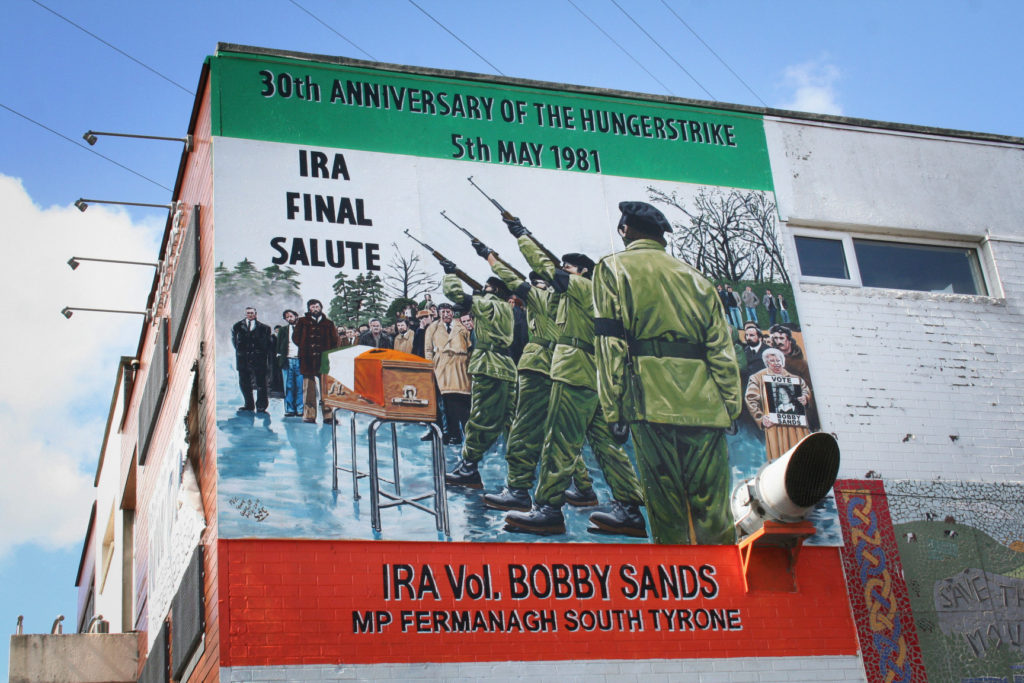
Bill Rolston
Bill Rolston is an Emeritus Professor of Sociology at Ulster University, one of the foremost experts on the murals. He’s also documented them through photographs for decades so he’s best placed to show how the murals have mutated over the years. As he says, they were initially a focal point for unionist solidarity and ‘in effect a civic duty’. The nationalist catholic community entered the mural fray in the 1980s, campaigning for political status for republican prisoners. The most striking imagery remains that of the paramilitary groups. This battleground, murals and otherwise, sometimes feels like UK’s dark secret. We don’t expect to walk down a street in the green and pleasant land and see two men on a corner wearing balaclavas and brandishing kalashnikovs. Even if they are rendered in a sort of outsider art meets ladybird book style, the impact is visceral. Equally surprising, although less shocking, is the importance of William of Orange. Who would have thought that a curly wigged monarch from the 17th century would still be remembered in such a constantly evolving medium as the Belfast murals.
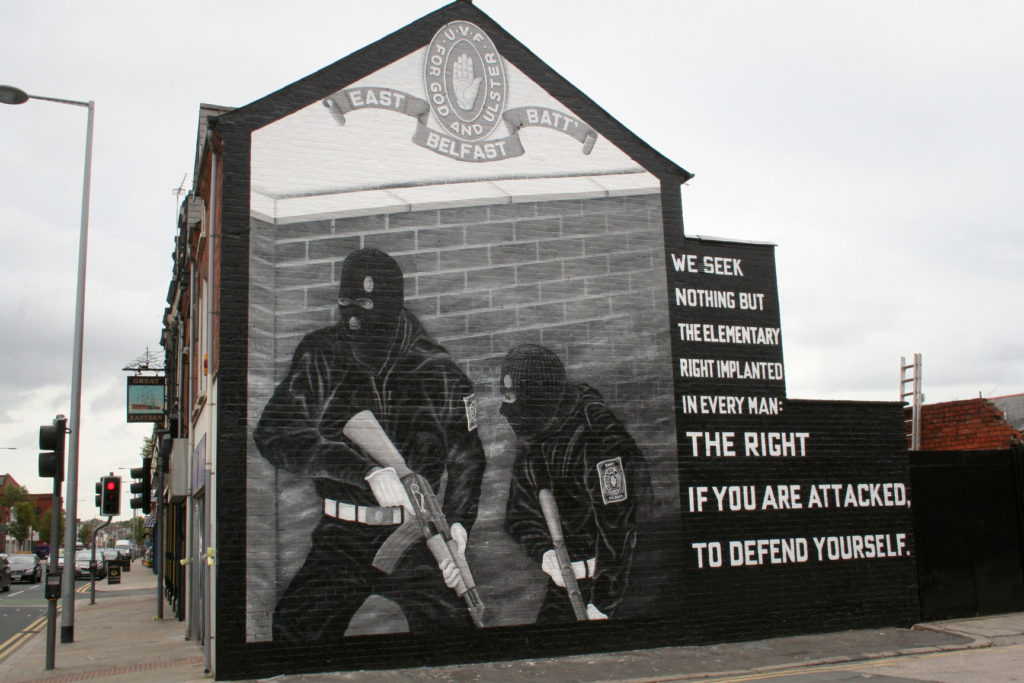
Bill Rolston
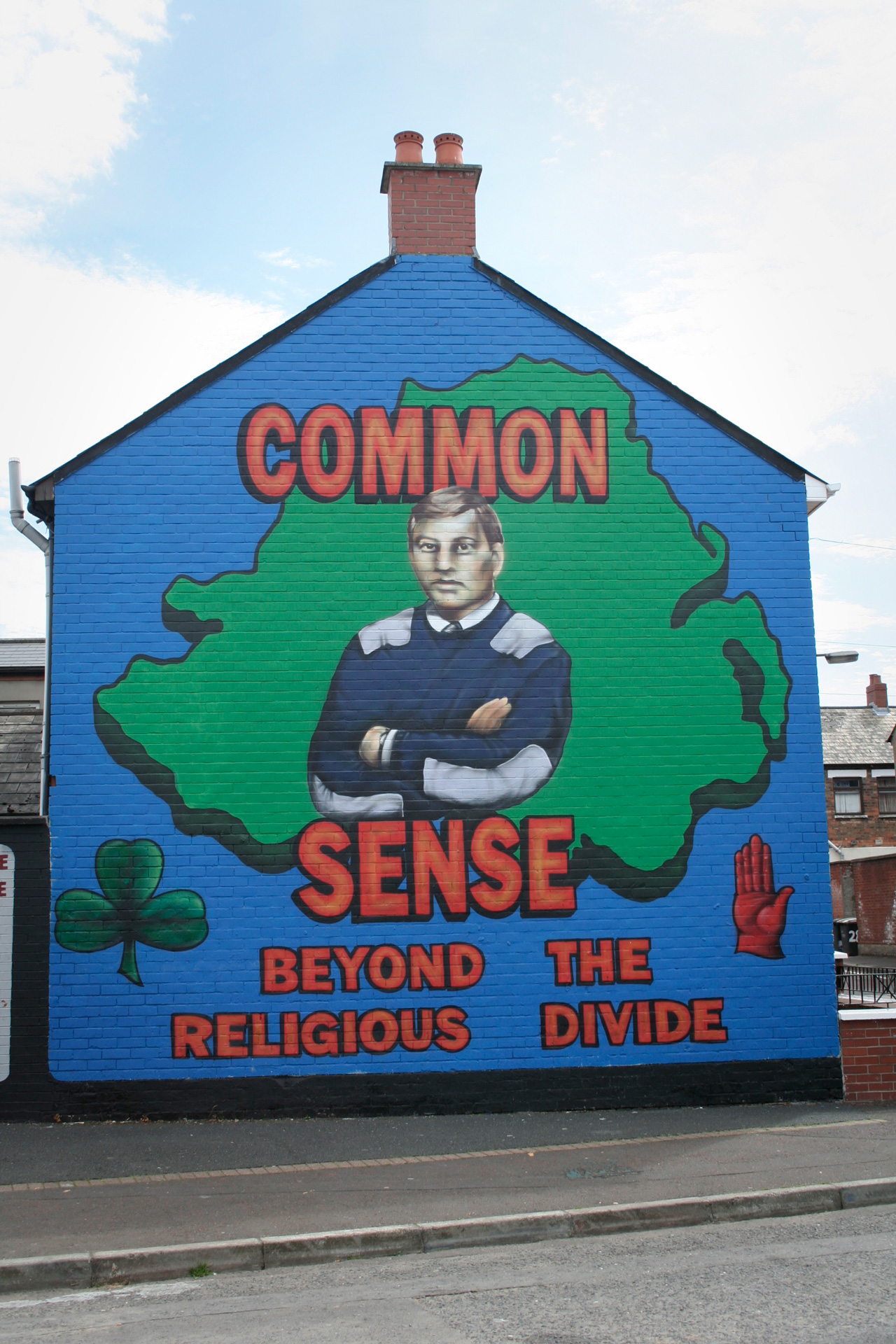
Bill Rolston
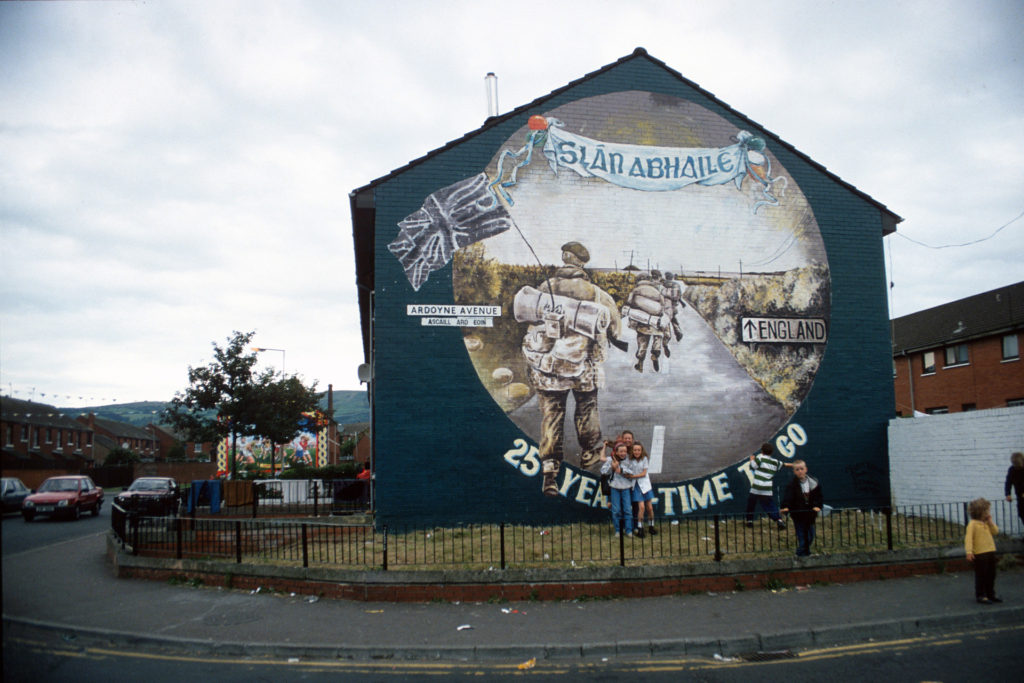
Bill Rolston
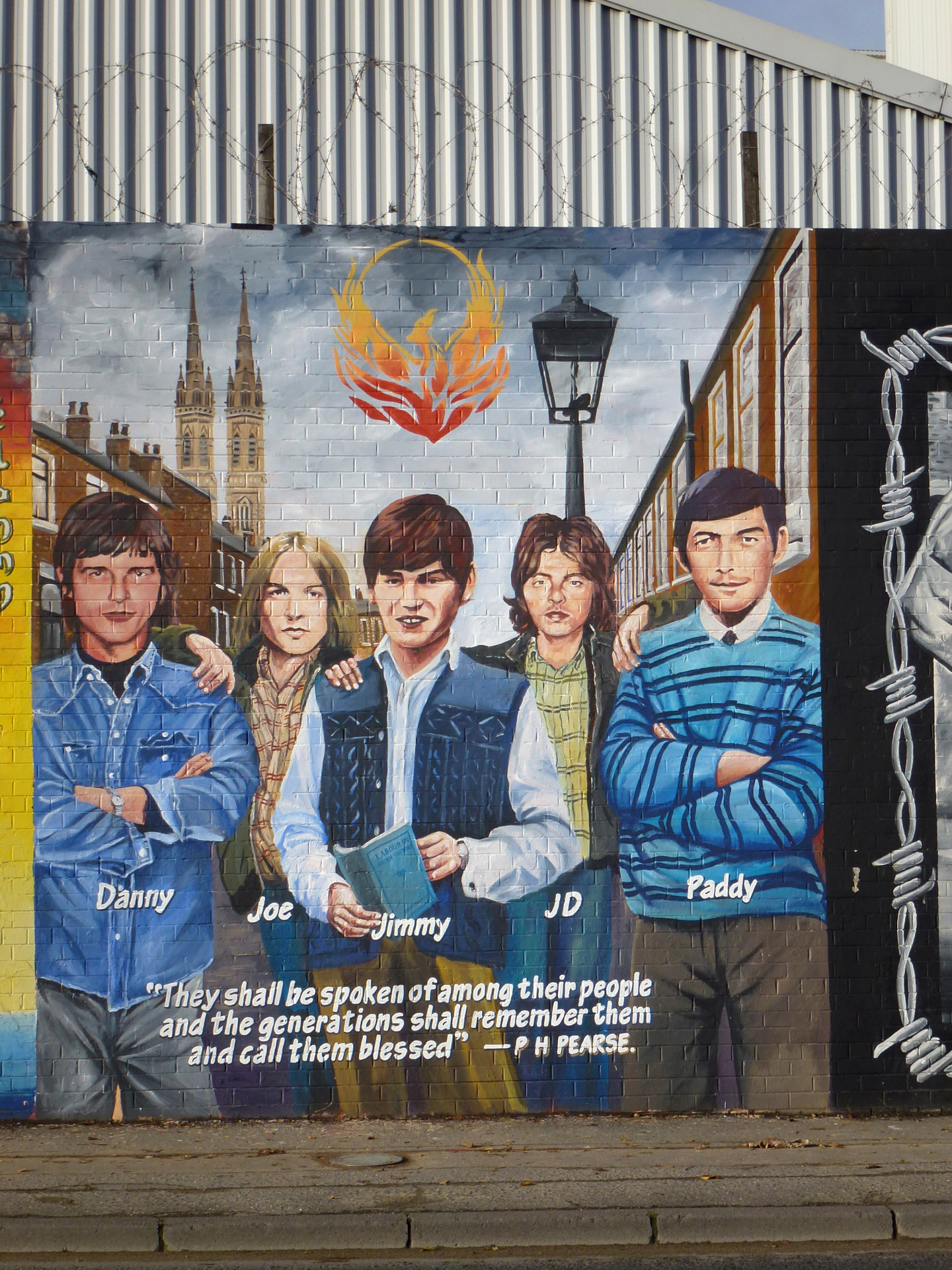
Bill Rolston
As Bill says ‘loyalist murals looked increasingly anachronistic as the peace process developed and real conflict transformation looked possible’. In the early 2000s you could still see the more militaristic paintings but slowly other subjects have appeared that represent the community in a different way. King Billy of Orange is joined by Belfast born footballer George Best. Two men at arms turn out to be part of a memorial to the dead from WW1. The peace process is mentioned and it’s progress noted. As one mural on Derwent Street states: ‘We owe it to the future and the victims never to forget. The price of peace is eternal vigilance.’ Belfast remembers it’s history well.
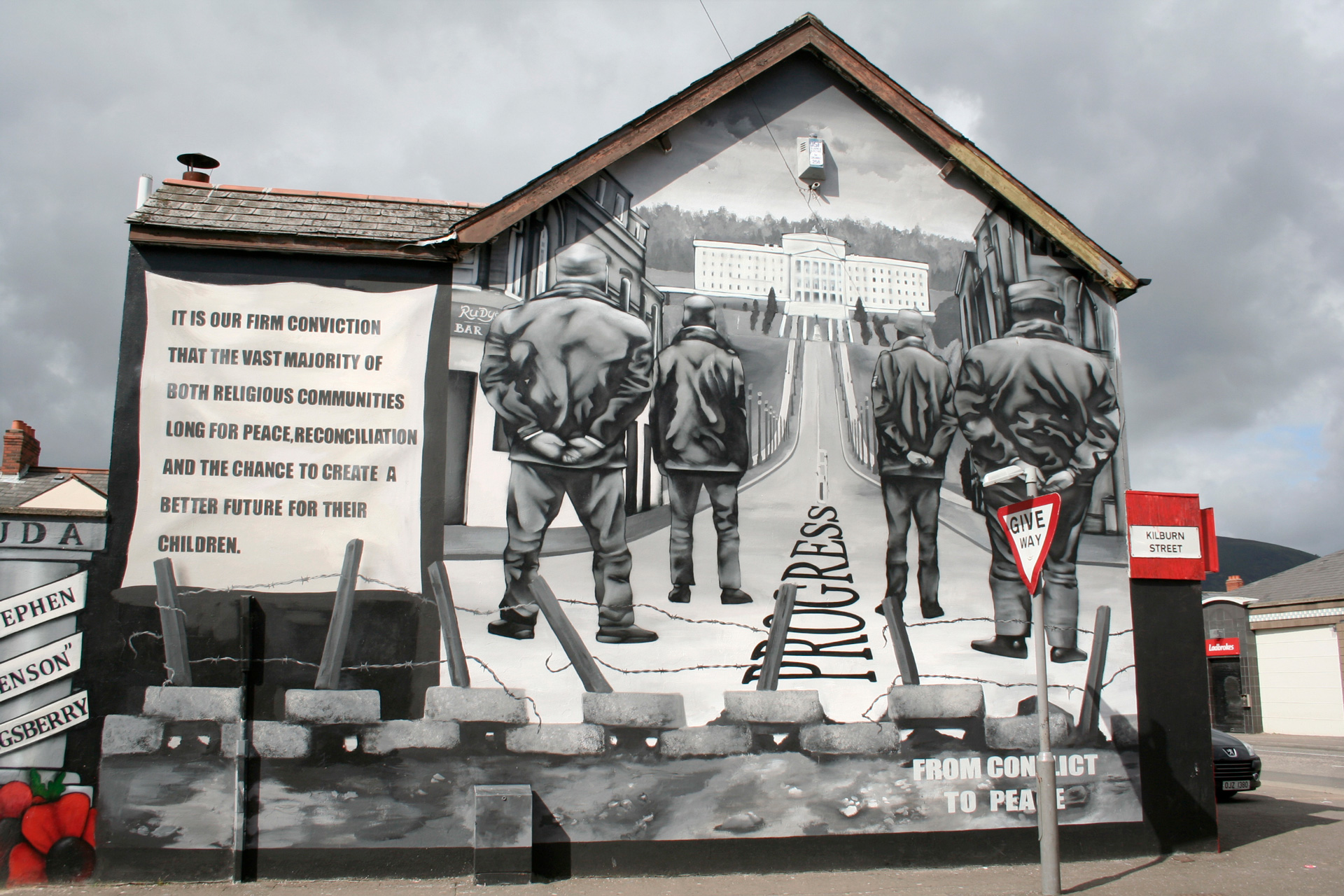
Bill Rolston
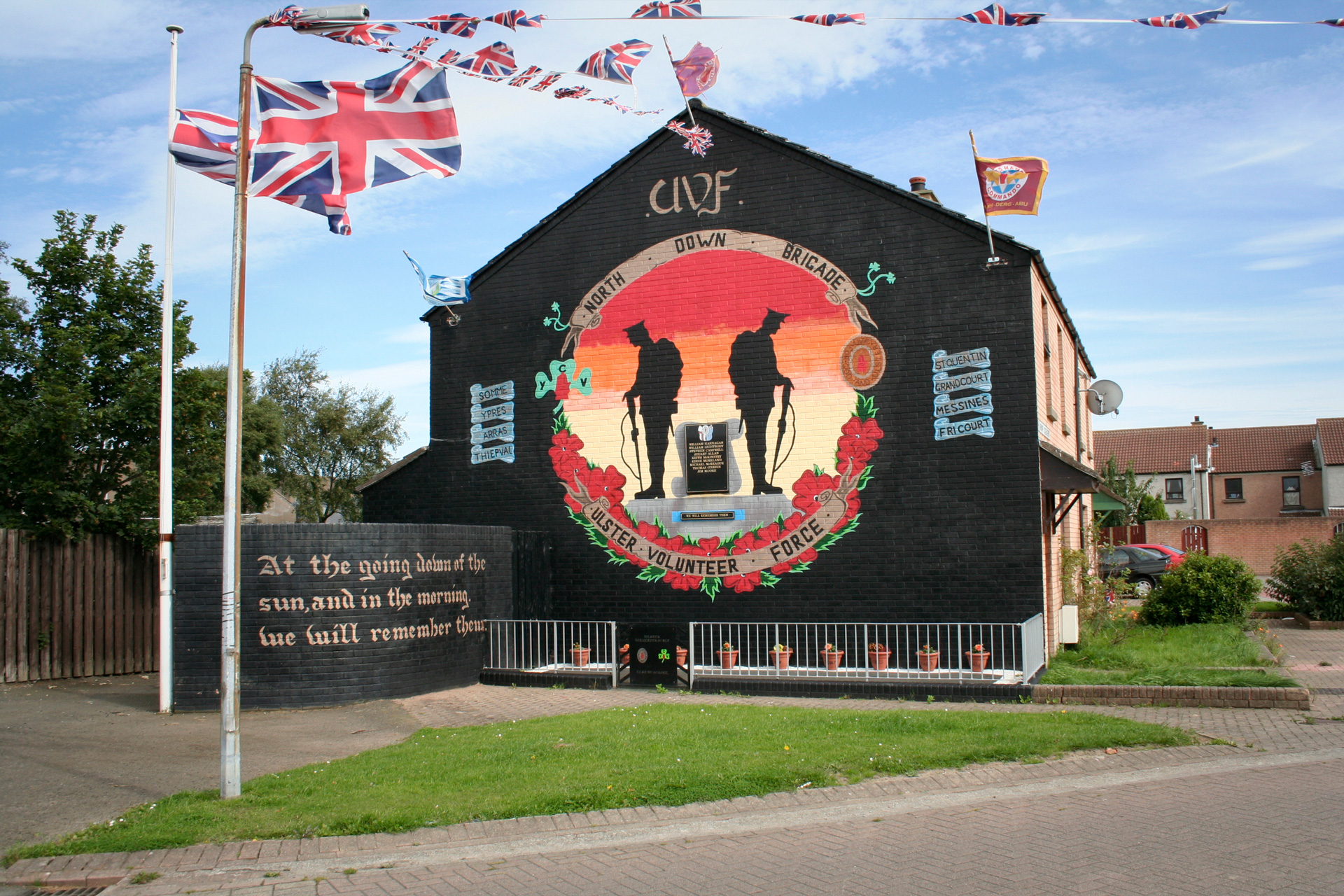
Bill Rolston
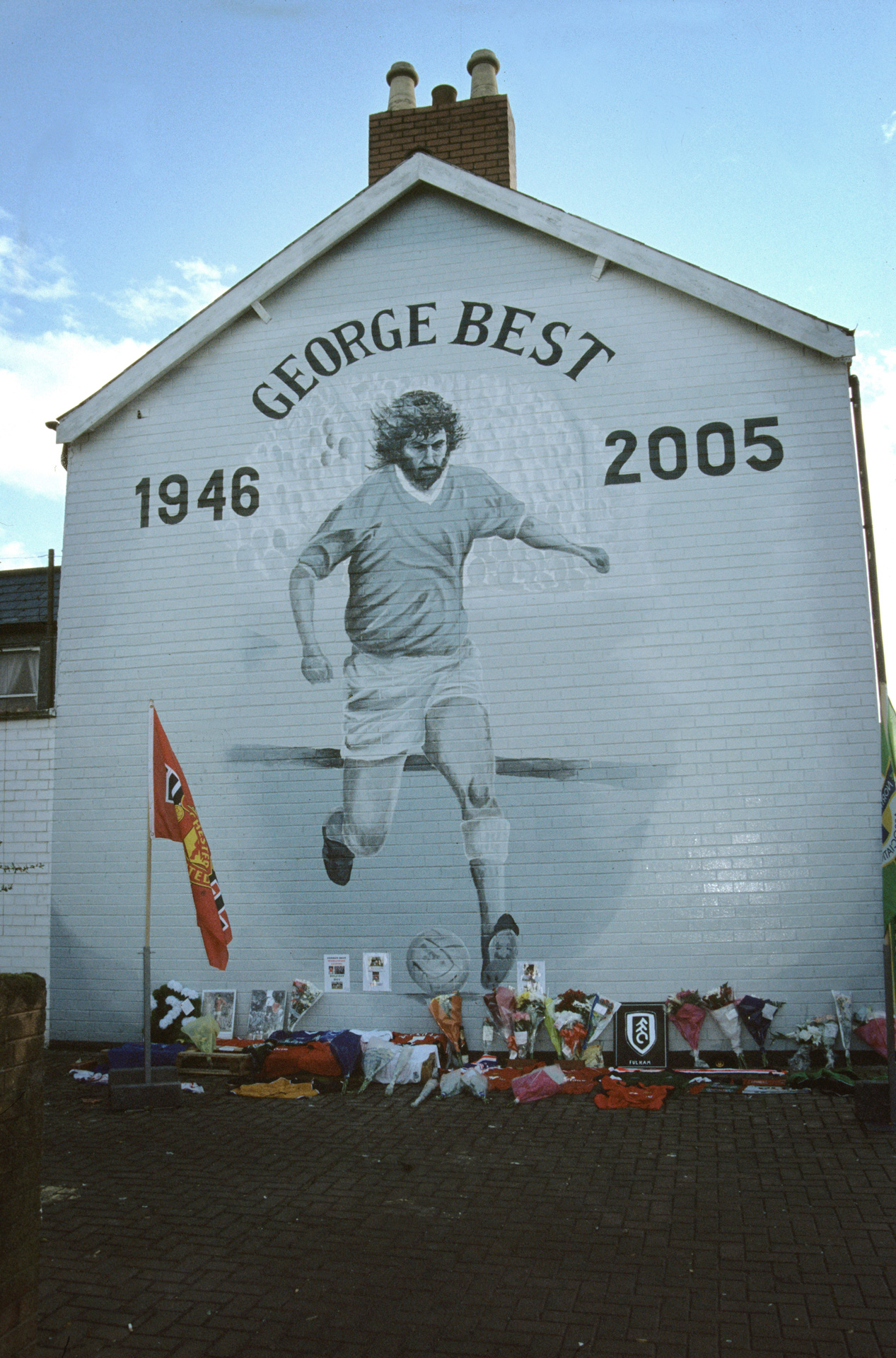
Bill Rolston
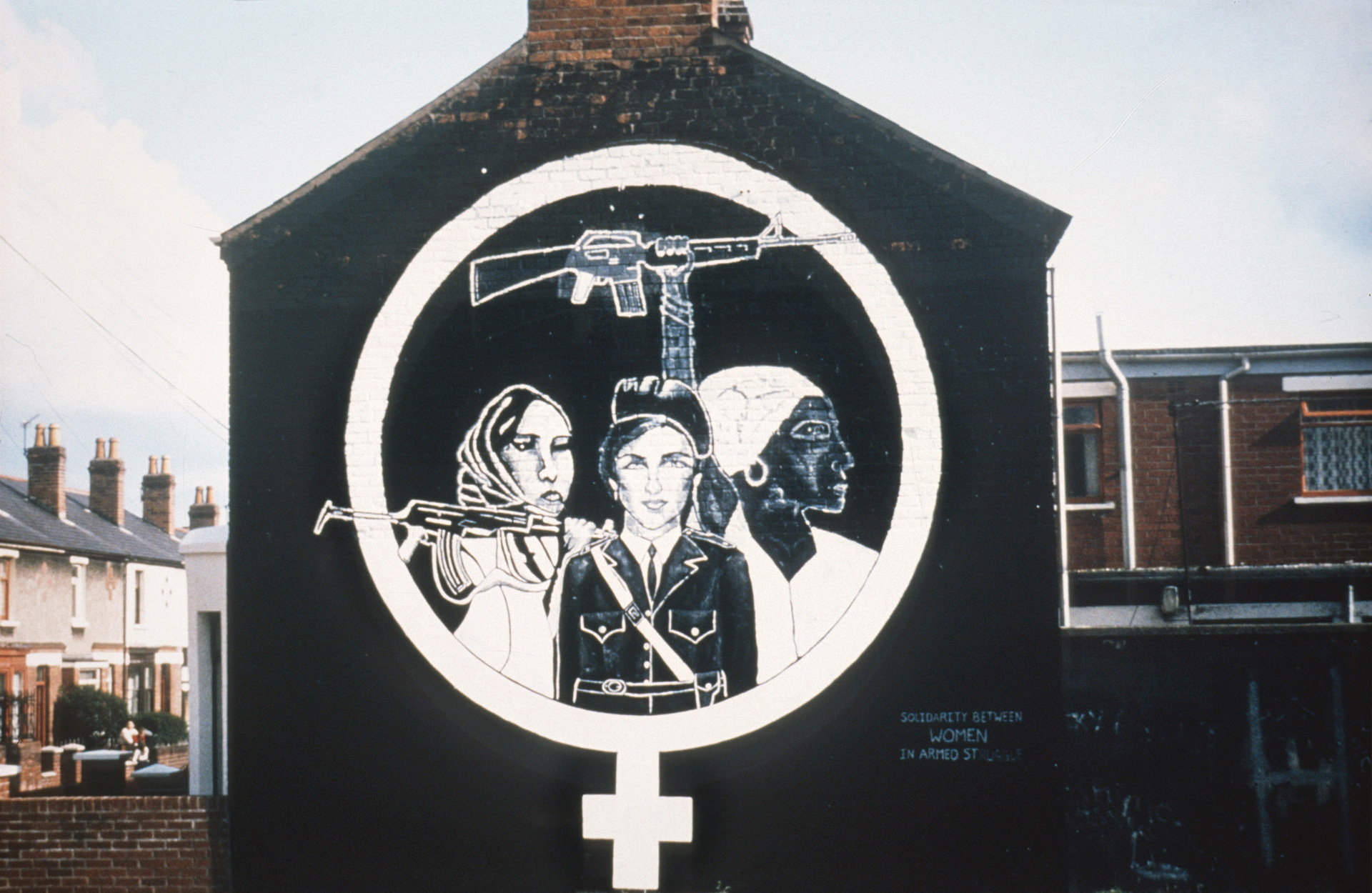
Bill Rolston
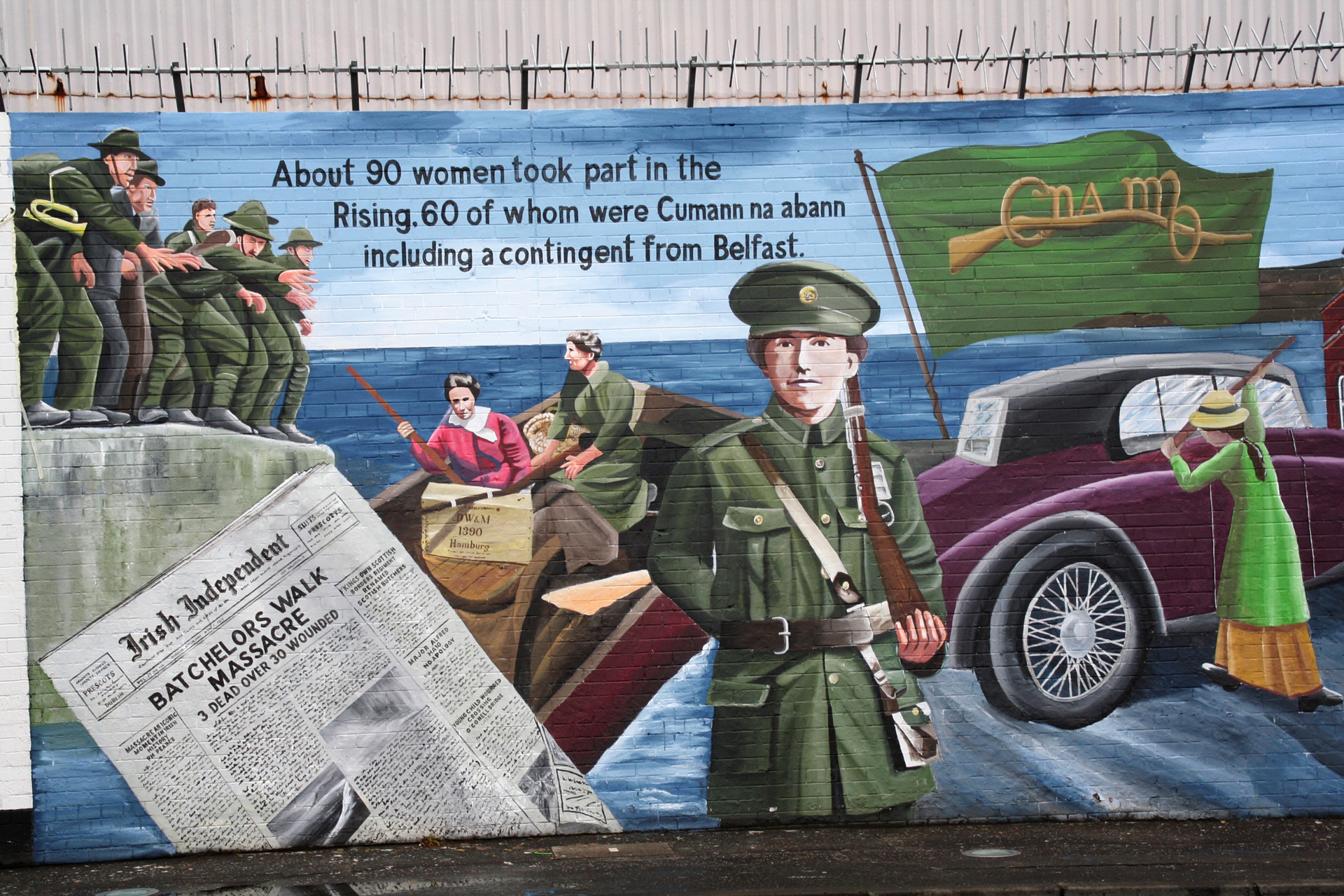
Bill Rolston
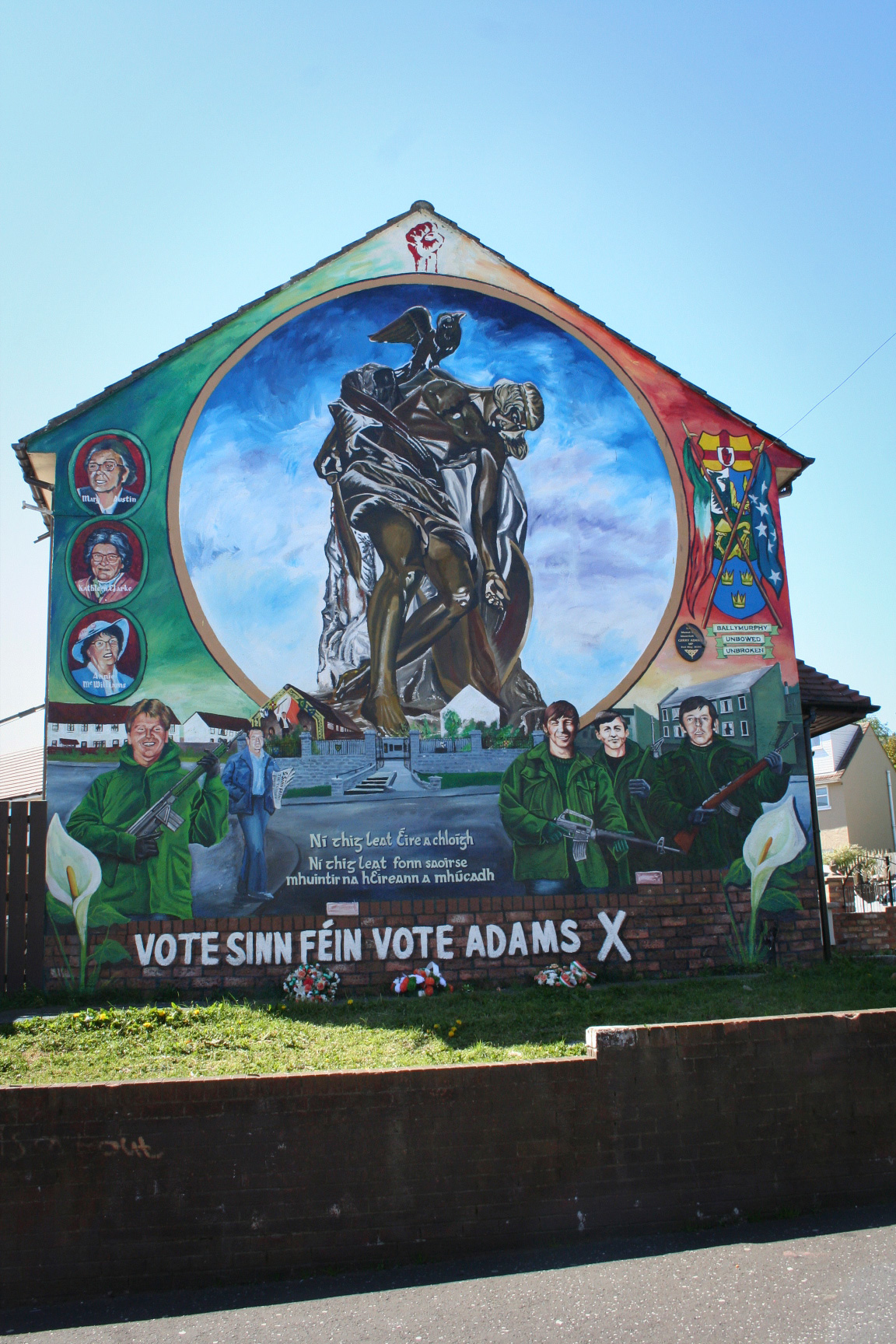
Bill Rolston
